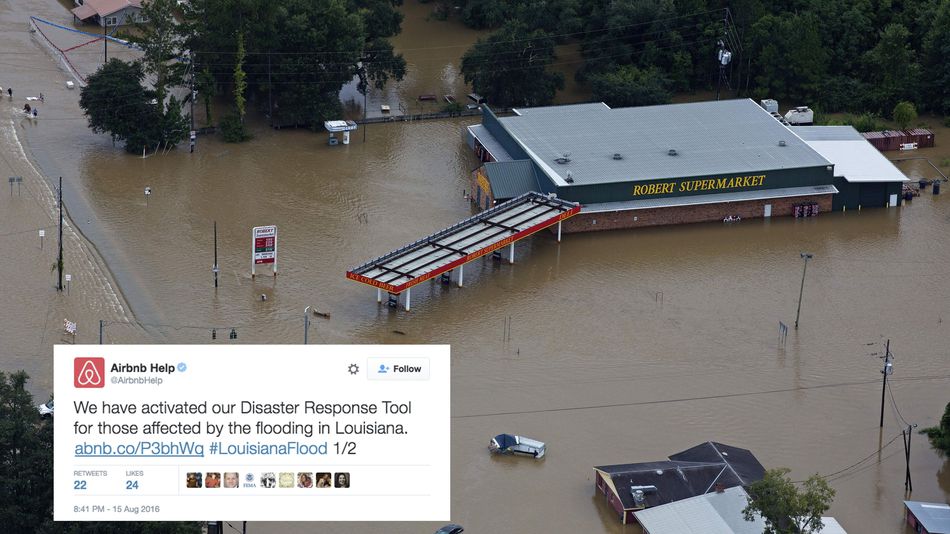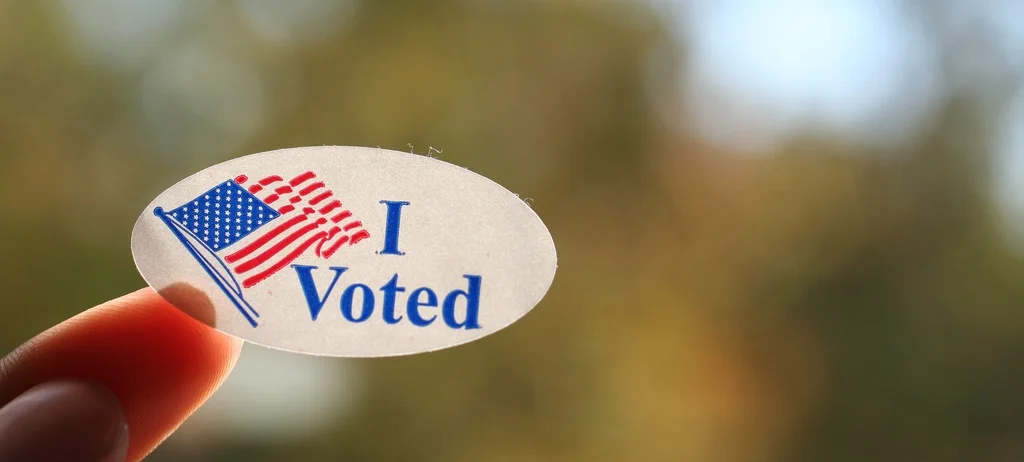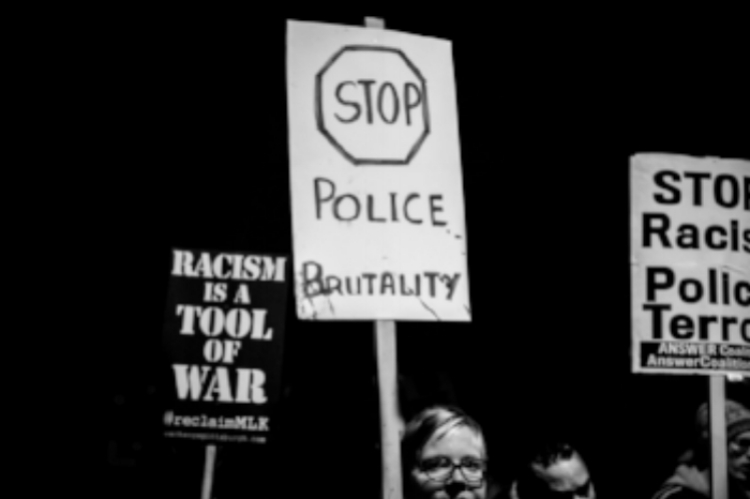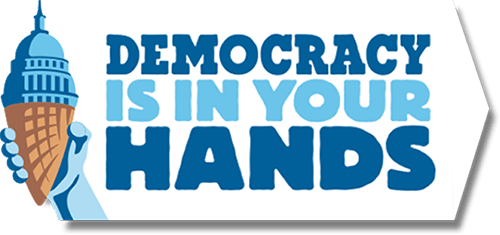Most are likely to agree that when it comes to athletic apparel, comfort is key. After all, whether you’re on a hike or at the gym, the last thing you want to be thinking about is your clothes. Unfortunately, while workout apparel for women has evolved over the years, there is still work to be done to ensure that every woman has access to the gear that works best for her.
Enter Sukoon Active, a movement that is redefining women’s activewear by providing athletic gear that is high-performing, modest, and on trend. Sukoon’s founder, Arshiya Kherani, started the company based on her belief is that no woman’s activewear needs should ever be overlooked. She launched a Kickstarter campaign in June to fund the first round of production, and in just thirty days, it blew past its initial goal of $10,000, reaching $26,565. Committed to empowering women and girls through sports, she personally matched 10% of funds raised, and donated them to the Zaatari Taekwondo Academy in Jordan, an organization that empowers the next generation of women by teaching Syrian refugee children independence, discipline, and a tangible skill-set in martial arts. As a result of their donation, the Academy secured additional space for girls' classes, and purchased new mats and protective equipment.
Now, the Sukoon team is working to find the right production facility – one that will allow them to produce top quality products while maintaining fair trade standards. It’s companies like Sukoon that are truly changing the face of business, and we’re lucky enough to have worked closely alongside them as they crowdfunded and built out their brand.
Recently, we connected with Arshiya to ask her a couple of questions – here’s what she had to say:
For those who are first learning of your brand, we would love for you to share: Why did you decide to start Sukoon?
About a year and a half ago, I was running my first half marathon. It was pouring rain, and within a few feet of crossing the start line, I ran through an ankle deep puddle. I thought things couldn't get any worse…until around mile 7 when I reached under my hood to readjust my bandana, and it wasn't there.
I have worn hijab for years and have struggled with finding the appropriate activewear, specifically, an activewear hijab that was comfortable, and would stay dry and in place. Because I couldn't find what I needed at an athletic apparel store, my mom helped me make a handful of lightweight bandanas. They worked well enough until race day. But when I realized it wasn't there anymore, I was mortified. It felt like that bad dream where you show up to school naked - except it was my real life. For the rest of the race, I was terrified of what would happen if the sun came out or my hood fell off, but I thankfully managed to cross the finish line and breathe a huge sigh of relief.
I grew up playing competitive sports, but in the years since I started wearing hijab, there have been far too many moments when I’ve felt disconnected from what I love. I always have to think twice about how to secure my hijab under a helmet, or what materials are going to keep my head comfortable during a run. Sometimes, I have opted of out of participating entirely because of the anxiety that comes with a lack of appropriate apparel. After that race, it occurred to me that I wouldn’t go out in a thunderstorm wearing a makeshift raincoat, so why was I choosing to accept that I needed to work out in a makeshift hijab? That was the experience that inspired me to start Sukoon Active. It's time to challenge the norm.
What obstacles have you faced in bringing your activewear line to the mainstream? How have you addressed those obstacles?
I believe the challenges we’ve encountered at Sukoon are similar to those faced by many other start-ups. The activewear market is quickly becoming oversaturated, so since the start, we have been largely focused on differentiating our brand and products by becoming very familiar with our customer and market.
We’ve observed that in today’s political climate, hijab and modesty are sometimes viewed as controversial. At Sukoon, we don't see it that way. On the contrary, these concepts are the champions of our brand because they’re important to our customer. We want to enable women to live the lives they want to live. To deliver on that promise, our number one focus is and will always be the voice of our customer: women whose activewear needs are not being addressed by the current market.
Sukoon’s mission to provide modest women with clothing options that work for them is especially relevant in light of recent events in France, where a number of towns along the French Riviera banned the wearing of burqinis, saying that they aren’t “in line with France’s secular views.” As you likely know, this has sparked a number of debates, one of which is centered on why women should have to cover themselves at all. French Prime Minister Manuel Valls contends that secularism was only one of the reasons for the bans. The other, he argues, is that women should not have to wear burqinis in order to swim in public. What are your thoughts on his argument?
I was 19 years old and studying abroad in Florence when I first thought about wearing hijab. I was hardly old enough to pick my college major, and yet, it took me just a few moments to decide that I was going to wear hijab. I was sitting in a mosque in Fez during Friday prayer, and the sermon was in a language I couldn’t understand. While the melody of an unfamiliar language floated around me, I was stunned by the beauty of the mosque I was in. Calligraphy was carved and painted into the walls and ceilings, and sunlight was flooding in through the huge windows. In that moment, it felt like every single person around me seemed just as content as I was.
I remember feeling such a distinct moment of belief and clarity, and that’s all it took. I felt connected to my faith and my community and suddenly it was so simple: hijab would be a way for me to be a part of something bigger than myself. Ever since, hijab has been my anchor. It has had such a profound impact on who I am, on the good, kind person I aspire to be, and I can’t think of anything else to say to Mr. Valls except: Mr. Valls, why would you take my anchor away from me?
During this year’s Summer Olympics in Rio, fencer Ibtihaj Muhammad was the first U.S. athlete to compete in the Games wearing a hijab. She said that she is not just aiming “to challenge misconceptions outside the Muslim community, but within the Muslim community. I want to break cultural norms.” While we know you can’t speak to her personal motivations, we’d love to hear your thoughts on how this might affect the way that female Muslim athletes view their participation in athletic activities. What cultural norms is Sukoon hoping to break?
Ibtihaj Muhammad is such a rockstar! Like many others, we’ve been paying close attention to her this year. She has proven herself to be a trailblazer for not just Muslim female athletes, but minorities all over the world. She is a champion for millions whose identities, loyalties, and humanity are under close scrutiny right now. While Muhammad has long been in the public eye, watching her lead the American team in the Opening Ceremony in Rio this summer – up front and center right next to the American icon Michael Phelps – well quite honestly, it blew me away.
Wearing a hijab doesn’t make it any less important to take care of your body, to pursue your dreams and to uphold your values. These things go hand in hand. For women who wear hijab, putting on a hijab in the morning is just as essential as putting on pants; and yet, there are only a handful of brands around the world that cater to Muslim female athletes. In numerous interviews, Muhammad has said that her mother encouraged her to try fencing because the uniform wouldn’t be a problem with her hijab. I guess I just wonder, what if the burqini had been a viable option when Muhammad was choosing her sport? Would she have been swimming against Katie Ledecky in Rio instead of competing in the fencing tournament?
Muhammad has played an incredible role in unpacking a deeply political conversation around hijab in the West, but what about the other conversation, the one we’re still not having? The one about how women shouldn’t have to choose their sport and develop their talents based on the availability of a uniform? Athletes like Muhammed have inspired me to rally for inclusivity in activewear so that women have the right to choose the apparel - and the sport - that they most identify with, without having to think about how it fits into their personal, religious and cultural preferences.
What advice would you give to someone who is thinking about starting a venture with a goal of breaking down longstanding norms?
I’ll pass on the best advice I’ve gotten in the past 18 months: Haters gonna hate!
About halfway through our Kickstarter campaign, the Huffington Post covered our story. When it came out, I kept thinking to myself, Can somebody pinch me? I was amazed and excited and inspired...I felt proud of the work my team and I had done, and I was in awe that the world was paying attention.
But then, I scrolled down to the comments and quickly learned the lesson that too many have learned before: the Internet can be a horrible, scary hole of negativity. Within a few minutes, my confidence was destroyed and I felt heartbroken.
My friends, family and advisors have since reminded me countless times that those are not the people that matter. The three most important lessons I learned from that experience?
- Don’t read the comments when people write about you! We are human, and other humans can be hurtful…. it doesn’t do you any good to take the wrong people to heart.
- When you’re doing something big, something life changing, what matters is the people whose lives you are changing. Haters are gonna hate...and most likely they are hating because they are not facing the problem you’re trying to solve.
- If you really want to change the game, you have to keep going. If you don’t, who else is going to do it?
What has been the most rewarding part of building a business that provides women with greater options for exercising comfortably? Is there a particular moment or story that stands out to you?
Every day, I receive messages like the following in my inbox, from friends and individuals all over the world who need the options that Sukoon is working to provide:
“I’m starting to play in a soccer league and the games start tomorrow and I am NOT excited about figuring out a hijab. I can’t wait until this isn’t a problem anymore.”
“As an outdoors enthusiast who wears a hijab, I have been longing for products like these. Thank you very much Arshiya for creating Sukoon! When are you launching in the UK?”
These stories – not just one, but literally hundreds that have flooded my inbox since I started this project – are what makes Sukoon so rewarding. One of my advisors has consistently nudged me to build momentum more quickly, arguing that if I truly believe that Sukoon is solving a global problem, then we need to build this company with a sense of urgency. These individuals’ stories strengthen my passion and belief in the power of inclusive fashion and how big of an impact it can play in someone’s life.
Is there anything that you know now that you wish you’d known when you first started Sukoon?
Haha, well how long do you have? Let me give you a year and a half of journal entries…(just kidding)! One thing that I wish I had known is that when people say you have to wear many hats, they mean it! I recently read an article by Phoebe Lovatte, the founder of The WW Club, and she said, “Wearing so many hats can be mentally draining but it's what being a small business-owner is all about. You have to find ways to stay motivated and energized and, quite frankly, sane! It's really hard for me to take time off and I certainly haven't chosen this path as a way to get rich quick. But I believe that a successful life is about making choices that align with your values.” I couldn’t have said it better.
I knew that starting a business was going to be hard work, but looking back on what I thought it was going to be and what it has been...well, to say the least, they are wildly different. I have learned so much more than I thought I needed to know, and that has been one of the most wonderful parts of this process, but if I had known...I probably would have appreciated my free time a lot more…and I probably would have taken a lot more naps before I started!
Arshiya’s work to challenge norms around women’s activewear is so inspiring, and we are proud to support her efforts to contribute to a more inclusive world. Follow along with Sukoon’s progress on their Facebook, Instagram, YouTube and Twitter, and sign up for the pre-order list on their website. Have questions for her? Feel free to comment below!






































































